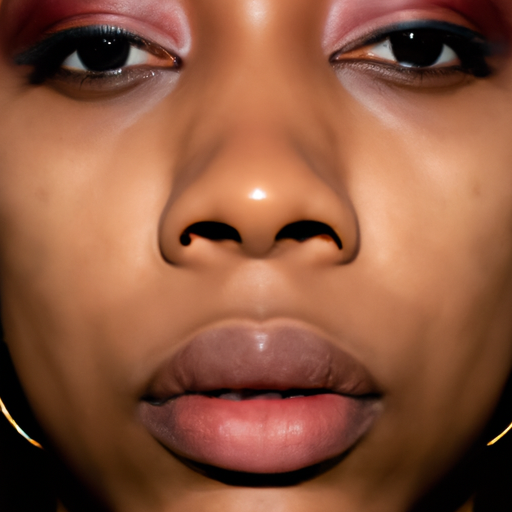As a dermatologist, I am frequently confronted with patients suffering from dry skin woes. Dry skin, medically known as xerosis cutis, is a common condition that can cause discomfort and sometimes lead to more serious skin issues. It can be triggered by various factors such as weather changes, aging, underlying medical conditions, and harsh skincare products. However, with the recent advancements in dermatology, we are now unveiling an oasis of revolutionary remedies for dry skin.
The first step in tackling dry skin is understanding its root cause. The skin’s outermost layer, the stratum corneum, acts as a protective barrier against external elements and helps retain moisture within the skin. When this barrier is compromised, it leads to water loss, resulting in dry and flaky skin. Therefore, the primary goal of any dry skin remedy is to restore this barrier and lock in moisture.
One of the most groundbreaking treatments in this regard is the use of ceramides. These are lipids (fats) that make up around 50% of the skin’s outer layer. They play a crucial role in maintaining the skin’s barrier and retaining moisture. Recent research has led to the development of skincare products that contain synthetic ceramides. When applied topically, they can help replenish the skin’s natural ceramides, thereby restoring the skin’s barrier and improving dryness.
Another revolutionary remedy is the use of hyaluronic acid (HA). HA is a naturally occurring substance in our skin that can hold up to 1000 times its weight in water. It plays a vital role in keeping our skin hydrated and plump. However, as we age, our body’s HA production decreases, leading to dryness and wrinkles. The advent of HA-based serums and moisturizers has been a game-changer for dry skin treatment. These products can help draw moisture into the skin and keep it hydrated for longer periods.
In addition to these, the use of gentle, non-soap cleansers is also gaining popularity. Traditional soaps can strip away the skin’s natural oils, leading to dryness. Non-soap cleansers, on the other hand, are pH balanced and contain moisturizing ingredients that can help maintain the skin’s natural moisture balance.
Lastly, the use of LED light therapy is also showing promising results in treating dry skin. This non-invasive treatment uses specific wavelengths of light to stimulate the skin’s natural healing process. It can help increase collagen production, improve blood circulation, and boost the skin’s moisture retention capacity.
In conclusion, the field of dermatology has made significant strides in unveiling revolutionary remedies for dry skin woes. These treatments focus not just on providing temporary relief but also on addressing the root cause of dryness. However, it’s important to remember that everyone’s skin is unique, and what works for one person may not work for another. Therefore, it’s always best to consult with a dermatologist before starting any new skincare regimen. With the right treatment plan, you can bid adieu to dry skin and unveil your skin’s natural radiance.



